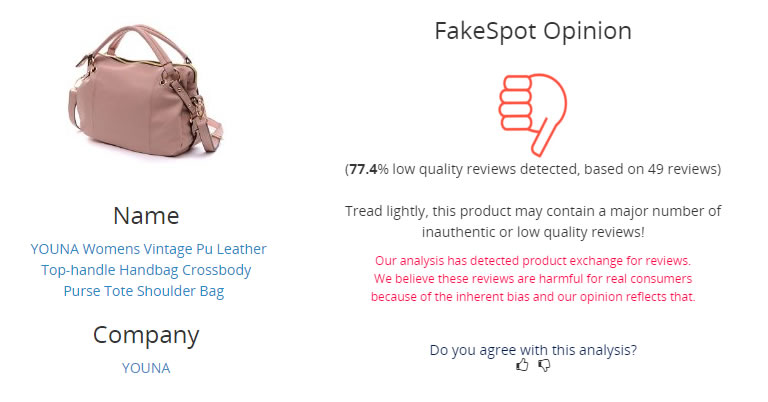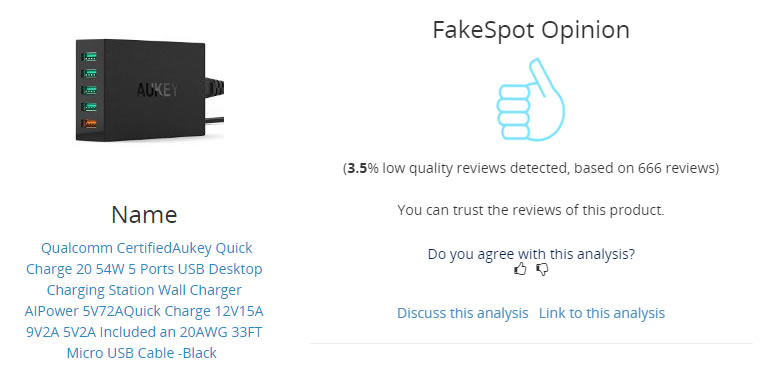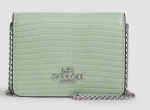How to Spot the Fake Amazon Reviews that Amazon won’t remove
While Amazon recently made a big show of going after reviewers selling their review services on sites like Fiverr and other employee crowdsourcing sites, Amazon hasn’t made any substantial moves against the rampant growth of overseas sellers flooding the retail site with fake reviews.
This is usually how it works. A reseller will source products from a country that manufacturers items very cheaply, like China for instance. They list those products on Amazon, then distribute a sample of those products to a group of “unbiased” reviewers at a steep discount or completely free.
Those “unbiased” reviewers plaster Amazon with 5-star reviews for the product with a variation on this disclaimer phrase “I received this item at a discounted price for my honest and unbiased review.“These “unbiased” reviews will usually include a smattering of product pictures as well as common phrases that pop up in the description. Fortunately, it’s pretty easy to identify these shills.
Three tips to identifying fake reviews:
- Search Amazon reviews for specific keywords like “discount,” “honest,” “unbiased,” or “review.” If you see a rash of reviews with that common disclaimer phrase pop up, you have discovered fake reviews.
- Use the sorting function to look at the timing of the reviews. When most of the 5-star reviews are around the same time period (perhaps within seven to ten days), those are likely fake reviews.
- Fake reviews are typically short, include extremely general details and have an overbearing level of positive superlatives. It’s also likely you will see grammatical errors in phrasing.
Alternatively, you can also use FakeSpot
Fakespot.com is a new site that popped up within the last few months that uses algorithms to analyze all reviews for a specific product. The site searches for automated reviews (generated by bots), one person writing reviews under several fake profiles, and reviews that were written in exchange for discounted or free products.
You can use the FakeSpot site in order to specifically analyze an Amazon URL or you can download the Google Chrome extension to automatically check an Amazon page
Let’s look at a few examples of super fake reviews:
G-Cord Bluetooth Headset: 93% Fake Reviews
The biggest problem with these G-Cord reviews is short length and poor writing. There are few specifics about the product within the reviews and many appear to have been purchased around later October.
Youna Women’s Leather Handbag: 77% Fake Reviews
These reviews are obviously fake due to common phrases used between different reviews as well as constant mentions of receiving the product at a discount. There’s an identical trend in other Youna reviews.
Seneo Wireless Security Camera: 79% Fake Reviews
The three core problems with this batch include an overwhelming amount of positive reviews, language that utilizes too many positive superlatives, and reviews that exist without the reviewer actually purchasing the product.
On the flip side, let’s look at a legitimate review page.AUKEY Desktop Charging Station: Only 3.5% Fake Reviews
With such a small amount of fake reviews in the mix, you can easily trust the Amazon reviewers for this particular product.
Why Hasn’t Amazon Removed These Obviously Fake Reviews?
Surely, a retailer with a market value of $250 billion could afford to invest in a little algorithmic learning that spots and removes fake reviews. One issue is that exchanging product for reviews is basically the definition of the Amazon Vine reviewer program. Products are distributed to Amazon Vine reviewers for free in exchange for a detailed review. Amazon is leading by example, to a certain extent.
Another issue is that Amazon makes loads of money facilitating the sale of products through third party sellers. Amazon takes a commission percentage for each product that a third party sells on the site. In addition, third party sales have greater margins, thus many analysts believe Amazon is making more on these sales than selling first party items. Of course, Amazon also makes money on fees when storing items for a third party seller in an Amazon warehouse.
No matter which way you slice it, there’s an obvious conflict of interest for Amazon to move faster on removing obviously fake reviews. Fake, 5-star reviews help products sell more quickly, even if it’s at the expense of the Amazon customer.


















Tyler
July 12, 2017 at 1:56 pm
You guys and girls have no clue how bad it is now
Know a seller who has 50 Indians buying so it’s “verified”
Lolol ranked 2 and 97% are fake reviews lolol
Jack Quinn
April 24, 2016 at 9:52 am
I attempted to use Fakespot with several products listed on Amazon, and with each product Fakespot returned the message “URL is invalid or unsupported.”
Mark
April 8, 2016 at 2:59 am
While I agree with the problem of fake reviews – your first tip is inaccurate.
Amazon requires those who receive products for free to say so in their review. Hence they say something like “I received this for free in exchange for an unbiased review” Thats a standard line.
As someone who has received stuff to review – I can assure you I review it thoroughly.
Gary
February 29, 2016 at 2:47 pm
Fake reviews are rampant now on Amazon. I purchased a digital camera that has tons of 5-star reviews… but they all have a common theme: one line reviews like “great product”, “as expected”, “My daughter is rocking this camera”. They don’t even bother to try to make it look like a real review. And then there are the disgruntled few like me who gave it 2 or 3 stars because the camera has issues. We actually USE the camera!
So… I’ve learned… pay no attention to the average star rating. Read the ACTUAL reviews and go by that. This applies to Yelp, as well. I do a face-palm every-time someone online states… “I am going to get this one… it has a 4 star average review rating”
Sometimes, when I feel like it, I flag obvious bogus reviews.
Kent
January 21, 2016 at 5:55 pm
I have purchased a few crappy products years ago because of all those “positive reviews”. Now, I avoid positive reviews altogether and just read the negative reviews. This way I would know what the problems (i.e. durability, ease of use, etc.) are and proceed accordingly.
Jack Quinn
April 24, 2016 at 9:54 am
Kent, Unfortunately, many of the negative reviews on Amazon are also fake left by sellers of competing products.